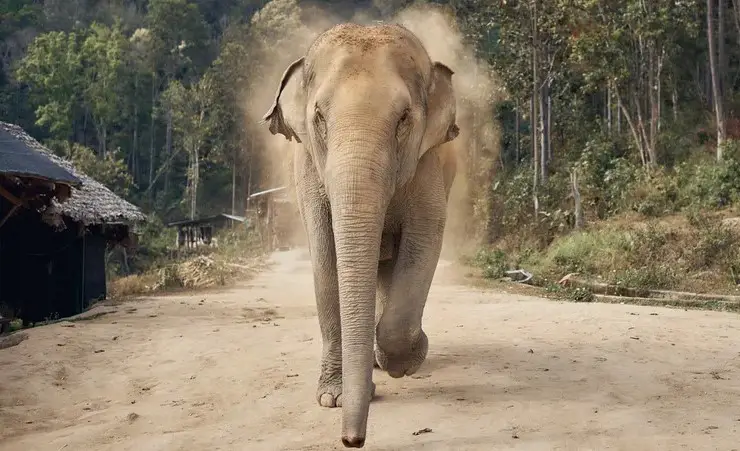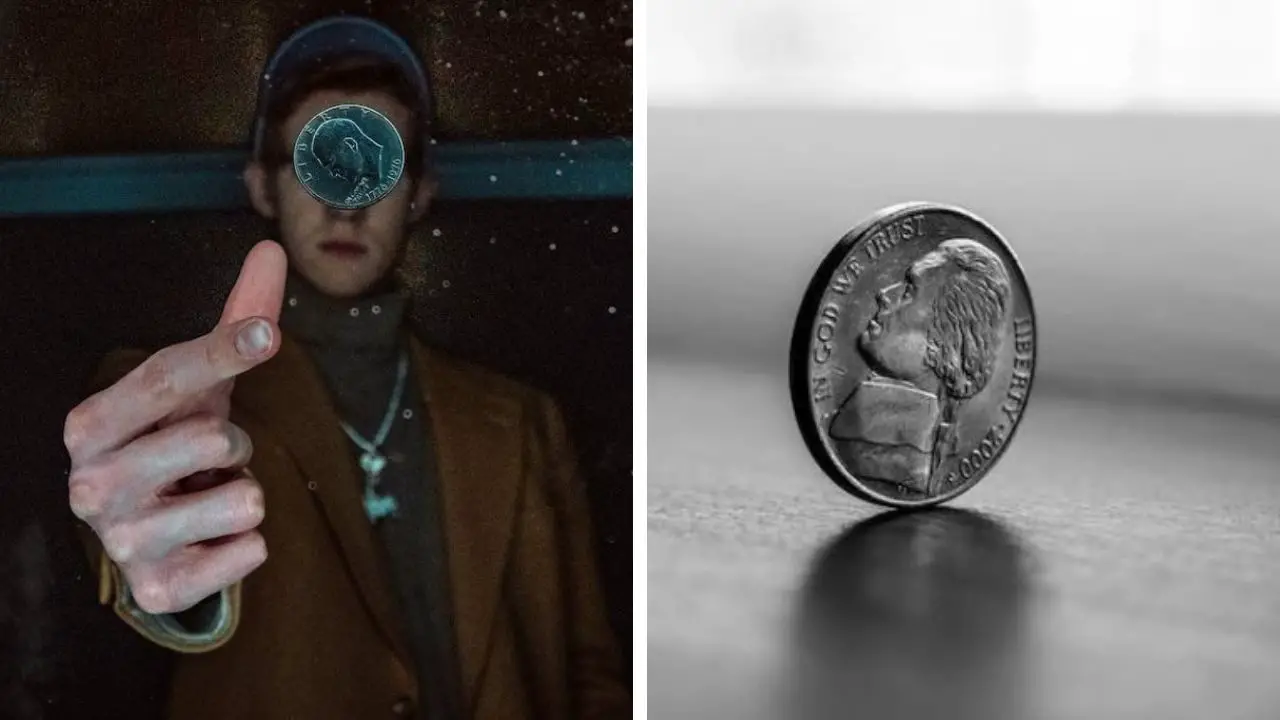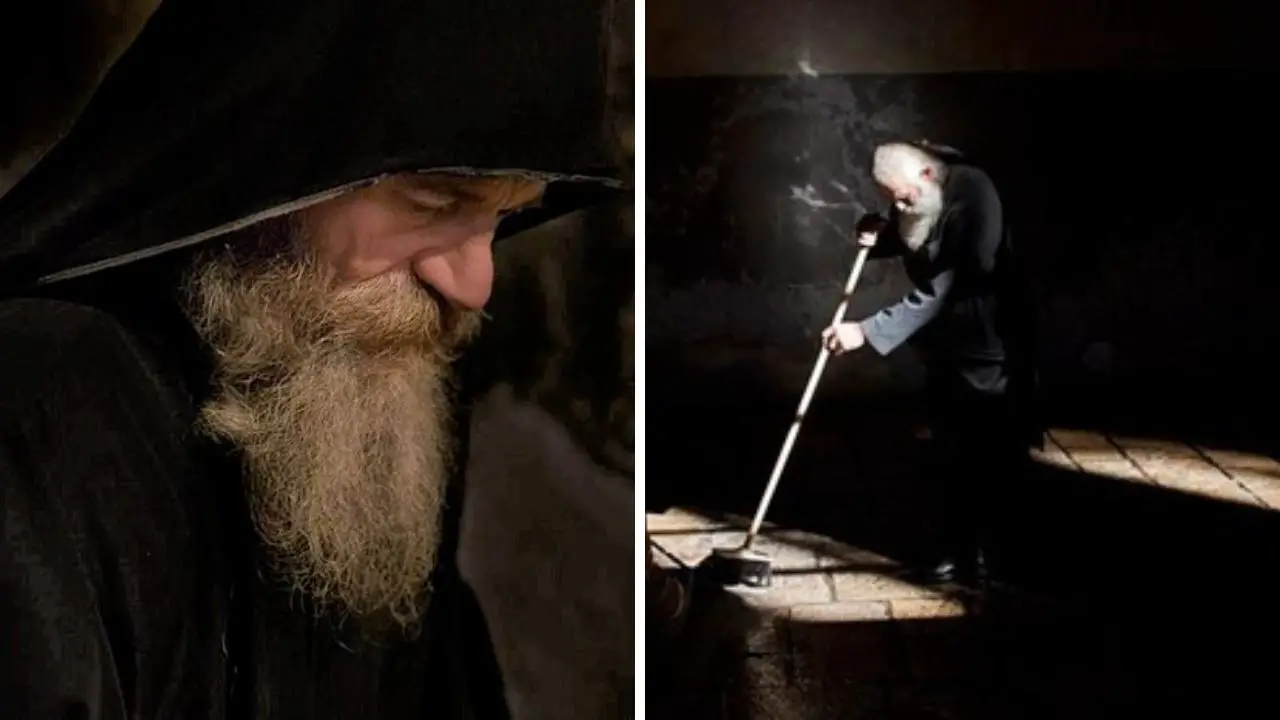A slug, which can photosynthesize like a plant, can survive without eating for months

A remarkable sea slug, Elysia chlorotica, has captivated the scientific community with its extraordinary ability to survive without eating for months, thanks to a unique adaptation that allows it to photosynthesize like a plant.
This peculiar mollusk, found off the coast of the United States, demonstrates a fascinating example of biological integration and symbiosis, highlighting a significant evolutionary adaptation.
Elysia chlorotica, colloquially known as the “photosynthetic slug,” is notable for its leaf-like appearance and vibrant emerald green coloration.
This striking hue is not merely for show; it serves a critical function in the slug’s survival strategy.
The sea slug’s green coloration arises from chloroplasts, the organelles responsible for photosynthesis in plants, which it acquires from its algal diet.

Chloroplasts and Cellular Integration
The process behind this remarkable adaptation is a form of symbiosis known as kleptoplasty.
During its juvenile stages, Elysia chlorotica feeds on algae, incorporating chloroplasts from these algal cells into its own tissues.
Remarkably, these chloroplasts remain functional within the slug’s cells, allowing it to harness sunlight to produce its own food.
But the adaptation goes deeper than mere cellular accommodation.
Research has shown that Elysia chlorotica possesses integrated algal genes within its own DNA.
These genes, which were transferred from the algal nucleus to the nucleus of the slug’s cells, enable the sea slug to effectively utilize the chloroplasts for photosynthesis.
This genetic integration facilitates the slug’s ability to draw energy from sunlight, much like plants do.
Extended Periods Without Feeding
Experiments have confirmed that Elysia chlorotica can survive extended periods—up to nine months or more—without feeding.
This is possible because the chloroplasts embedded in its cells continue to function and perform photosynthesis, converting light energy into organic matter that sustains the slug.
During this time, the sea slug relies entirely on the energy produced through this photosynthetic process.
This extraordinary survival strategy is particularly advantageous in the sea slug’s coastal habitat, where food sources can be inconsistent.
By harnessing the power of photosynthesis, Elysia chlorotica can endure through periods of scarcity and ensure its continued survival.
Scientific Significance
The study of Elysia chlorotica offers valuable insights into the complexities of symbiotic relationships and cellular integration.
The ability of this sea slug to incorporate and utilize chloroplasts from another organism represents a fascinating intersection of plant and animal biology.
It challenges traditional views of metabolic processes and evolutionary adaptations, demonstrating how organisms can blend characteristics from different kingdoms of life to thrive in their environments.
As research continues, scientists hope to further unravel the mechanisms behind kleptoplasty and explore potential applications in biotechnology and medicine. What if humans had the ability to photosynthesize?
Elysia chlorotica remains a symbol of nature’s ingenuity, showcasing how even the simplest of creatures can possess extraordinary abilities through the integration of seemingly disparate biological systems.
If you’re more curious about amazing plants in nature, there’s a plant called Welwitschia; having only two leaves that never fall off and continue to grow forever.



































